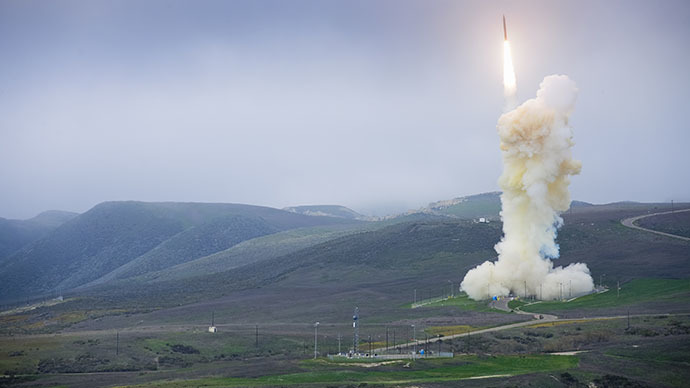Sourced : Defensetech.org
As North Korean dictator Kim Jong Un issues specific threats against the U.S. and other nations, the state of Hawaii may need to shore up its defenses, the commander of U.S. Pacific Command told lawmakers Wednesday.
While the West Coast of the United States sits nearly 6,000 miles away from North Korea, the Pacific islands that make up Hawaii are considerably closer — about 4,600 miles from the Korean peninsula. And as the rogue North Korean regime continues to execute missile tests, U.S. officials should study the feasibility of creating a Hawaii-based ballistic missile interceptor site for protection, Adm. Harry Harris said.
“Kim Jong Un is clearly in a position to threaten Hawaii today, in my opinion,” Harris told the House Armed Services Committee.
Currently, the United States has Ground-Based Midcourse Defense Sites at Fort Greely, Alaska, and Vandenberg Air Force Base, California.
“I believe that our ballistic missile architecture is sufficient to protect Hawaii today, but it can be overwhelmed,” Harris said. “And if Kim Jong Un or someone launched [intercontinental ballistic missiles] against the United States, then somewhere we’d have to make a decision on which ones to take out or not.”
Essentially, he explained, the existing interceptors are capable of targeting a finite number of incoming missiles. If an enemy fired enough missiles in a single attack to overwhelm that defensive capacity, some would be guaranteed to get through.
More defenses are coming for Hawaii, Harris said. He said he supports the pending deployment of a defensive Hawaii radar system being considered for development by the Missile Defense Agency. The Navy’s guided-missile destroyers now being equipped with Aegis Baseline 9, specifically geared toward ballistic missile defense, are also needed, he said.
“I think the defensive Hawaii radar is coming. I think the interceptors piece is yet to be determined,” Harris said. “But I believe we should certainly look at it. I believe we would not be doing our job if we didn’t.”
Harris noted that Kim Jong Un has recently made threats against locations including New York City; Washington, D.C.; Colorado; and Australia, as well as Hawaii. Many of these threats he appears to be unable to carry out. Nonetheless, Harris said the United States must treat the dictator’s threats as credible.
“Right now, there is probably a mismatch between KJU’s rhetoric and his capability,” he said. “… But I believe that we have to look at North Korea as if [he] will do what he says.”

